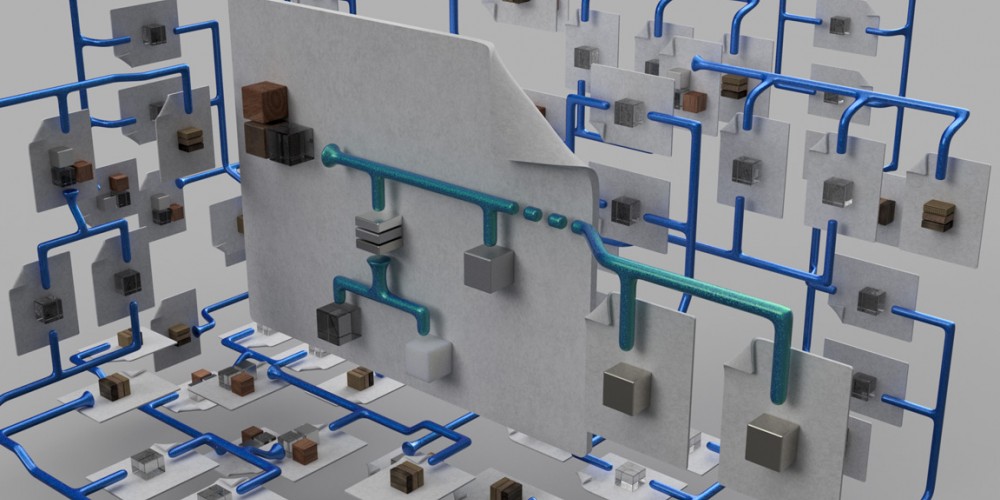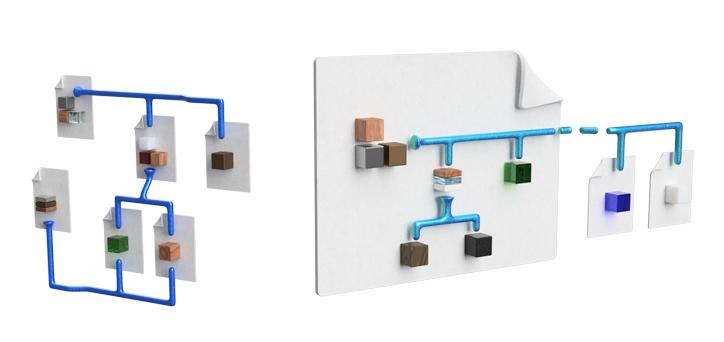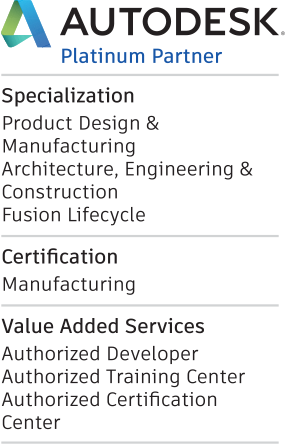Wouldn’t it be cool if there were a way to make everything you design in one file format?

No more tangle of SLDDRWs, SLDASMs, and SLDPRTs, or IPTs, IAMs, IPNs, DWGs, and IDWs to manage. Everything, in one format. Now, this might seem even more unrealistic, but what if you didn’t even have to worry about what the format was? No scrolling though formats and files, just previews of the designs you’ve built. Let’s keep going, what if you didn’t have to worry about where you stored a design? Instead of digging through network and local drives looking for where you saved that one model you made last year, what if you just searched and it was there? When you hit save, you don’t have to decide where save at. When you hit open, you don’t have to find out where someone put the file you need.
What if I told you that it’s not a dream? It’s already here. Welcome to Fusion 360!
Whereas traditional CAD tools use a variety of file formats and separate files cross-referencing each other, Fusion 360 can hold many design types in a single file format. In fact, when working in Fusion 360 the file extensions are completely invisible. You don’t need to worry about what type of design you’re working on. While you do have the ability to reference other designs to each other where needed, you don’t have to. All information for a complete assembly, including bodies, components, and subassemblies, can be built into a single design file! If you need to change the structure, at any time you can copy or move data to another component or design.

Traditional file management vs. Fusion 360 file management with optional references
This method of organization has great benefits: less focus on files and locations and formats, and more focus on the design! Have you ever tried to open a design, and found that there are part files missing? Have you ever opened a design to find some obscure adaptive link was broken and the whole model crumbles? You won’t find that in Fusion 360.
Besides the benefits of designing and modeling with this structure, there are obvious benefits for file management.
IPTs, IAMs, IPNs, IDWs, DWGs, SLDDRWs, SLDPRTs, SLDASMs, in traditional CAD there are many filetypes for many different design environments. Files must be stored, found, referenced, managed, and more. In Fusion 360, we just have one type of file. We have only one place for the files to live. Because Fusion 360 uses a cloud-based workspace, referenced files are always able to be found. This is a topic for its own article, but suffice it to say that it makes file management a breeze.
Simplified design and simple straightforward file management. Just a few more reasons you might want to give Fusion 360 a try!







